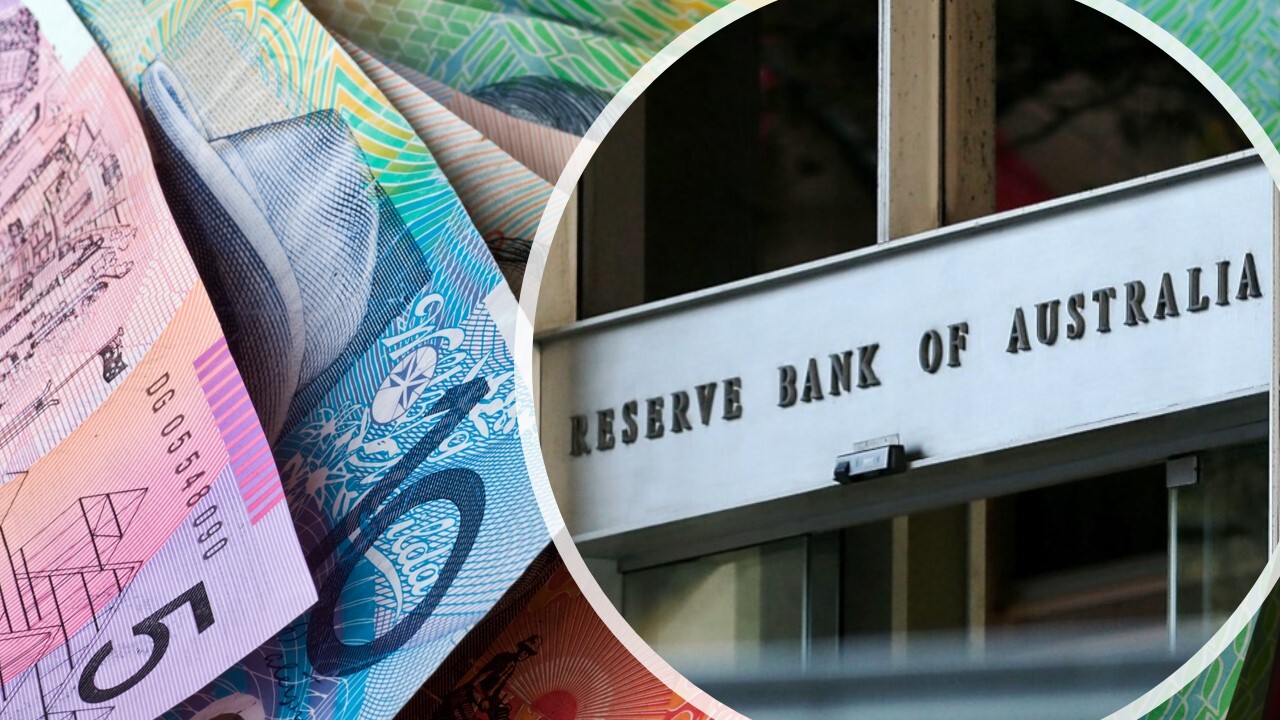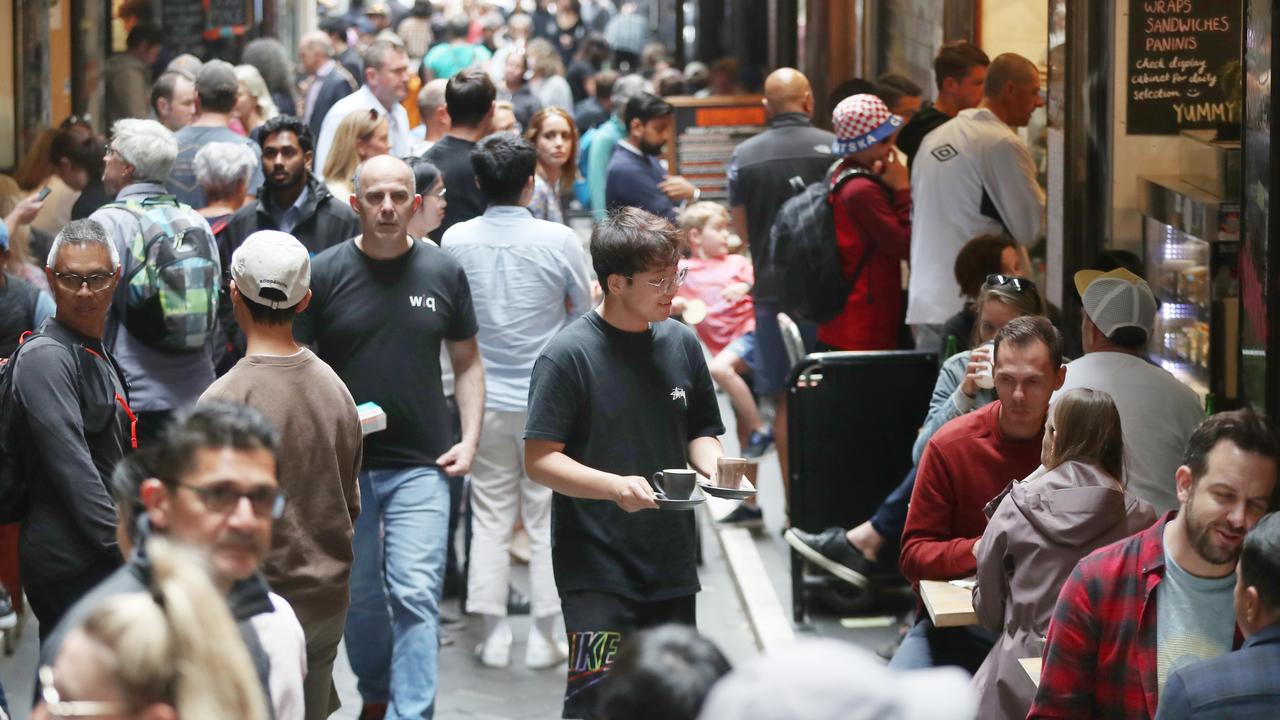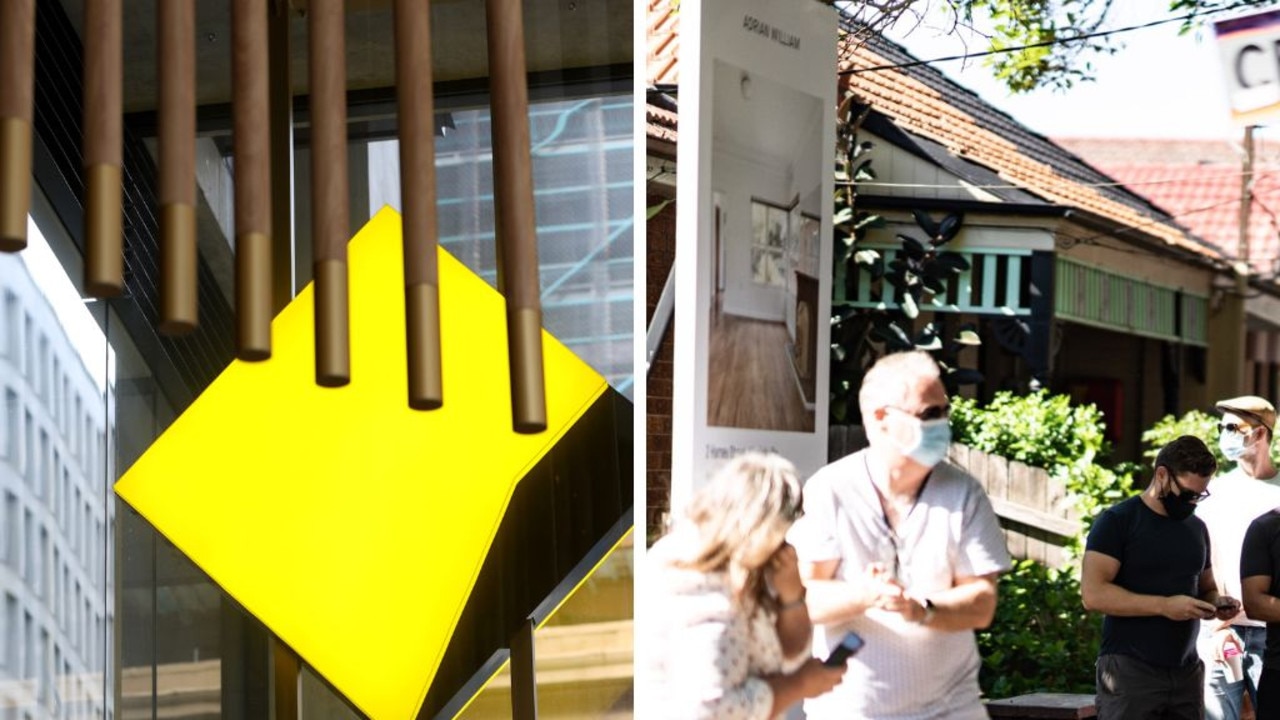Reserve Bank of Australia retains the cash rate at 0.1pc
The Reserve Bank has kept interest rates on hold but flagged the economy is recovering at above expected levels.

The Reserve Bank of Australia has kept interest rates at 0.1 per cent, saying the historic low level is supporting the economic recovery from the coronavirus pandemic.
At its monthly meeting on monetary policy, the RBA said the current setting would remain for some time while inflation stayed below the target level of 2 to 3 per cent.
“The current monetary policy settings are continuing to help the economy by keeping financing costs very low, contributing to a lower exchange rate than otherwise and supporting the supply of credit and household and business balance sheets,” RBA governor Philip Lowe said.
“The board will not increase the cash rate until actual inflation is sustainably within the 2 to 3 per cent target range.

“For this to occur, wages growth will have to be materially higher than it is currently.
“This will require significant gains in employment and a return to a tight labour market.
“The board does not expect these conditions to be met until 2024 at the earliest.”
The RBA at its February meeting decided to increase its quantitative easing program by buying an additional $100bn worth of Australian government bonds to pump the money market with more liquidity.
From the onset of the pandemic close to one year ago, the RBA has cut the cash rate three times to support the economy.
It has also implemented a raft of support measures, including a term funding facility that is providing banks with cheaper debt funding that can be passed onto households and businesses.
Economists were expecting the central bank to keep the rate on hold.

The RBA’s decision coincides with recent CoreLogic data that shows housing prices nationally rose 2.1 per cent — the fastest month-on-month change since 2003.
Surging house prices are being fuelled by the low interest rate environment in conjunction with building grants offered by both federal and state governments.
Dr Lowe said housing credit growth for owner-occupier loans had picked up, but investor and business credit growth remained weak.
“Lending rates for most borrowers are at record lows and housing prices across Australia have increased recently,” he said.
“Lending standards remain sound and it is important that they remain so in an environment of rising housing prices and low interest rates.”
The RBA expects gross domestic product (GDP) to grow by more than 3 per cent over both 2021 and 2022.
Read related topics:Reserve Bank




